Mutant Covid: how dangerous is the new strain of coronavirus?
A mutation first detected in Kent is far more infectious - but scientists hope that vaccines will still work against it.
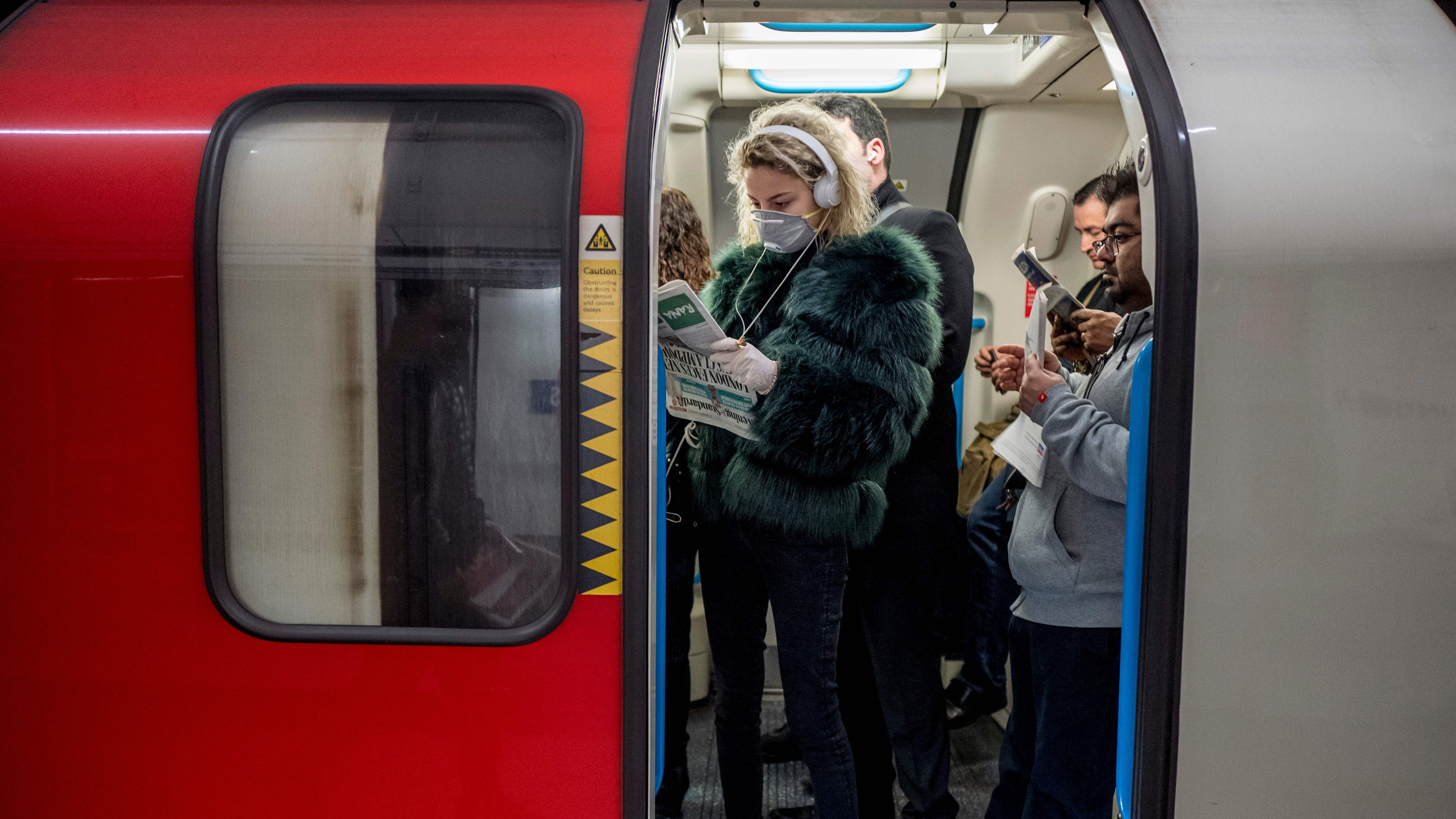
The new coronavirus variant that put London and Southeast England into lockdown and cut off transport links with mainland Europe is thought to be about 70% more infectious than previous dominant strains.
Where is it?
The rapidly spreading strain is understood to have originated in Kent and “has been suggested as one reason why cases continued to rise in the county during the lockdown”, writes The Times’ science editor Tom Whipple.
The Week
Escape your echo chamber. Get the facts behind the news, plus analysis from multiple perspectives.

Sign up for The Week's Free Newsletters
From our morning news briefing to a weekly Good News Newsletter, get the best of The Week delivered directly to your inbox.
From our morning news briefing to a weekly Good News Newsletter, get the best of The Week delivered directly to your inbox.
Kent, along with London and the Home Counties, remains the epicentre of the new outbreak, but cases have been seen across the country.
Last week Health Secretary Matt Hancock told the House of Commons yesterday that almost 60 local authorities had identified a total of more than 1,000 Covid infections caused by the new variant. “And numbers are increasing rapidly,” he added.
And yesterday, the Chief Scientific Adviser Patrick Valance warned that it was likely to spread. “We know that there are cases everywhere,” he said. “It is not as though we can stop this getting into places.”
It is less clear how far the new variant has spread internationally, but isolated cases have already been detected in Australia, the Netherlands and Belgium.
A free daily email with the biggest news stories of the day – and the best features from TheWeek.com
How is it different?
The new variant, called B.1.1.7, is missing two pieces of genetic material found in the more common strain of the coronavirus.
Although the precise effect is unknown, one theory “is that the mutations make the virus a bit harder for your immune system to kill, so it survives a little longer in the bloodstream”, says science writer Tom Chivers on Unherd.
As a result, people with the virus would also be infectious for longer, and would therefore have more opportunity to infect others.
Boris Johnson said on Saturday that the new variant increases the R-number by 0.4, meaning that 100 people with the new strain of Covid would, on average, infect 40 more people than they would have done with the old strain.
Does the mutation make the virus more deadly?
“There is no evidence to suggest that it does, although this will need to be monitored,” says the BBC. Chief Medical Adviser Chris Whitty has said that hospitalisation and mortality rates are not significantly different in areas with the new strain.
Will the vaccines still work?
We don’t yet know for sure, but the “working assumption at the moment, from all of the scientists, is that the vaccine response should be adequate for this virus”, Whitty said on Saturday.
We can be “reasonably hopeful”, says Chivers, because the vaccines act against the virus on multiple fronts, producing B-cell immunity through specific antibodies and broader T-cell immunity.
“The new strain could have a slightly shorter period of B-cell immunity,” Chivers adds, “but it’s very unlikely that we’d lose T-cell immunity altogether”.
Holden Frith is The Week’s digital director. He also makes regular appearances on “The Week Unwrapped”, speaking about subjects as diverse as vaccine development and bionic bomb-sniffing locusts. He joined The Week in 2013, spending five years editing the magazine’s website. Before that, he was deputy digital editor at The Sunday Times. He has also been TheTimes.co.uk’s technology editor and the launch editor of Wired magazine’s UK website. Holden has worked in journalism for nearly two decades, having started his professional career while completing an English literature degree at Cambridge University. He followed that with a master’s degree in journalism from Northwestern University in Chicago. A keen photographer, he also writes travel features whenever he gets the chance.
-
 How robust is the rule of law in the US?
How robust is the rule of law in the US?In the Spotlight John Roberts says the Constitution is ‘unshaken,’ but tensions loom at the Supreme Court
-
 Magazine solutions - December 26-January 2
Magazine solutions - December 26-January 2Puzzles and Quizzes Issue - December 26-January 2
-
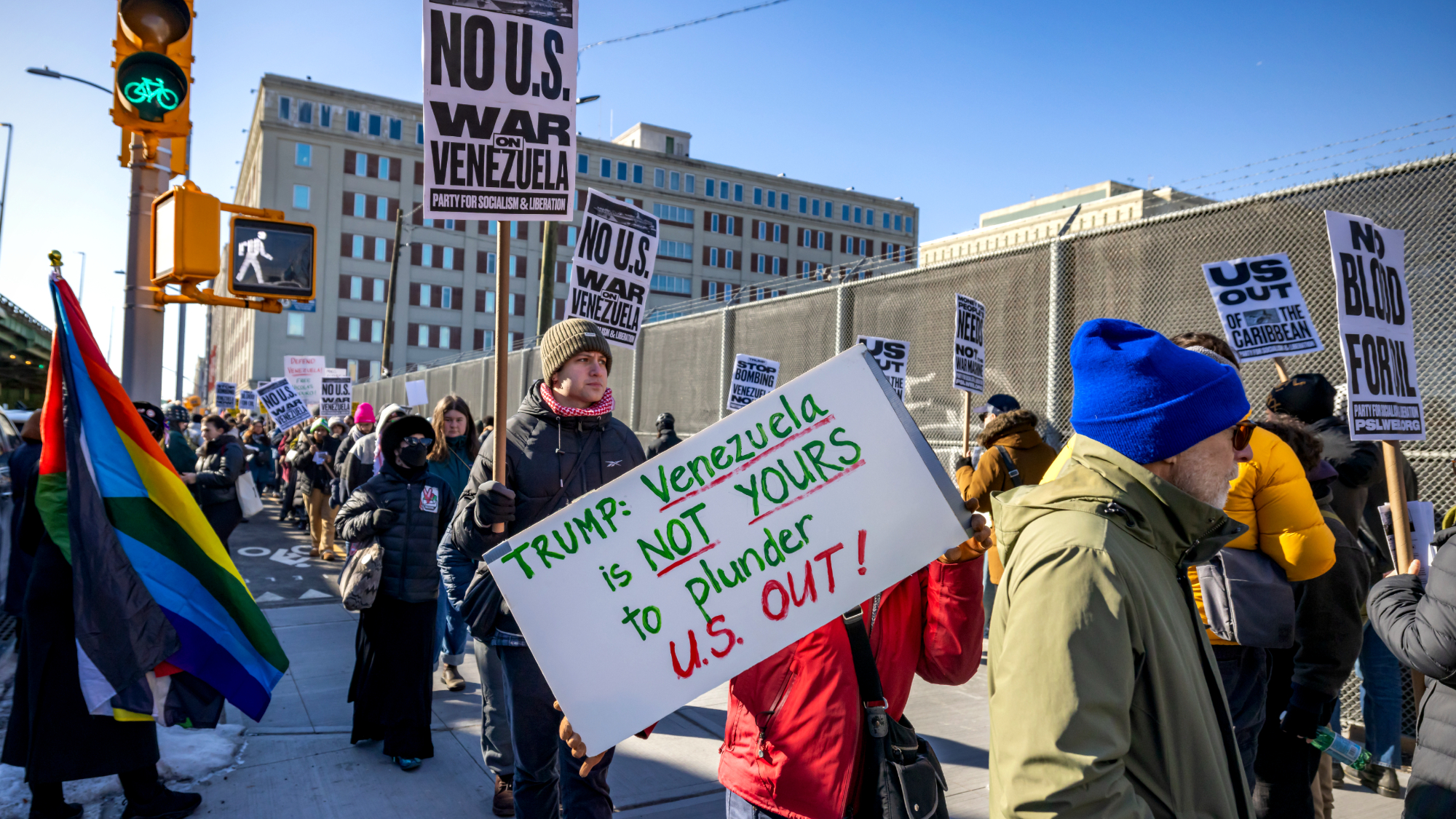 Venezuela ‘turning over’ oil to US, Trump says
Venezuela ‘turning over’ oil to US, Trump saysSpeed Read This comes less than a week after Trump captured the country’s president
-
 Covid-19 mRNA vaccines could help fight cancer
Covid-19 mRNA vaccines could help fight cancerUnder the radar They boost the immune system
-
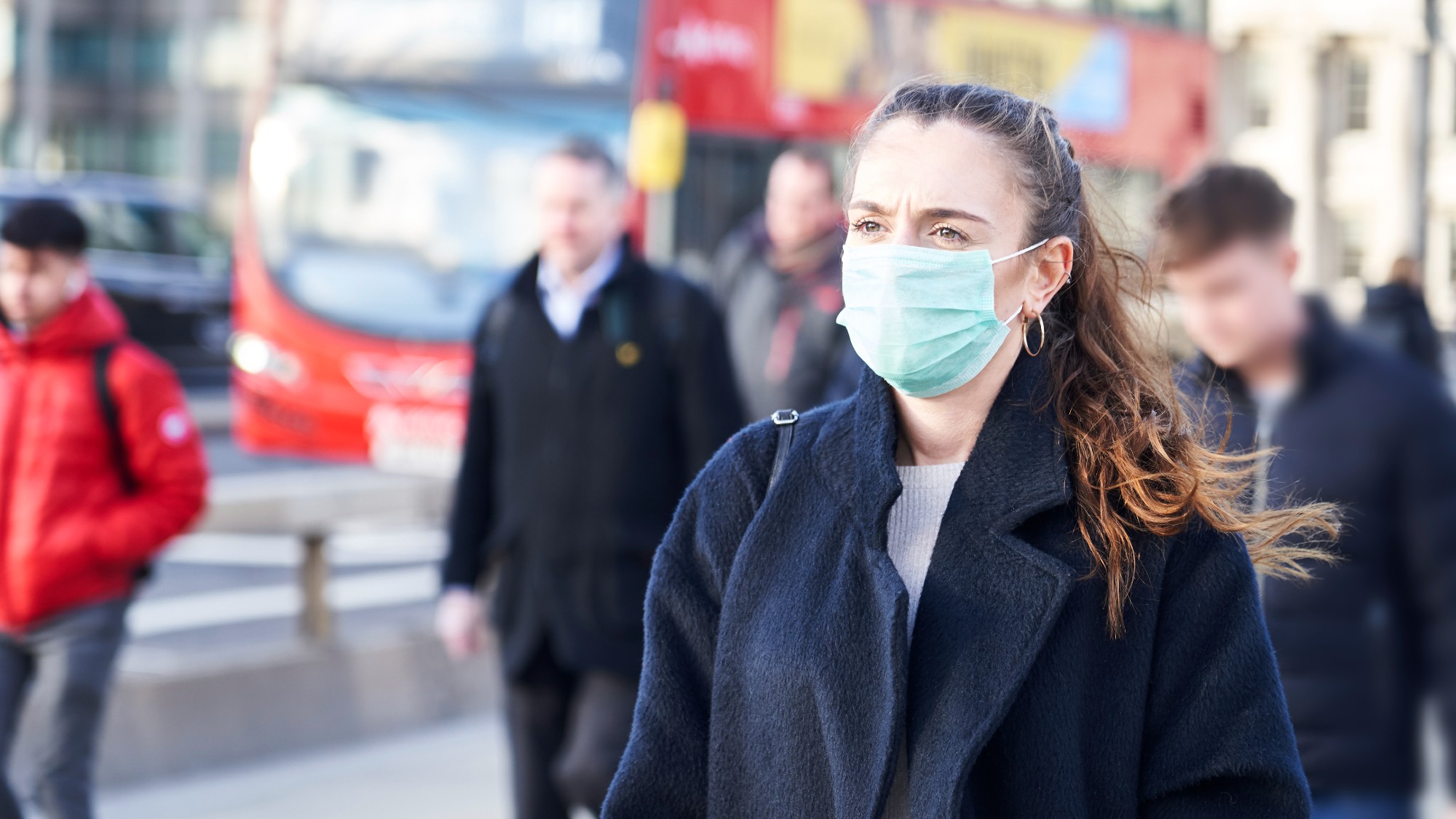 The new Stratus Covid strain – and why it’s on the rise
The new Stratus Covid strain – and why it’s on the riseThe Explainer ‘No evidence’ new variant is more dangerous or that vaccines won’t work against it, say UK health experts
-
 RFK Jr. vaccine panel advises restricting MMRV shot
RFK Jr. vaccine panel advises restricting MMRV shotSpeed Read The committee voted to restrict access to a childhood vaccine against chickenpox
-
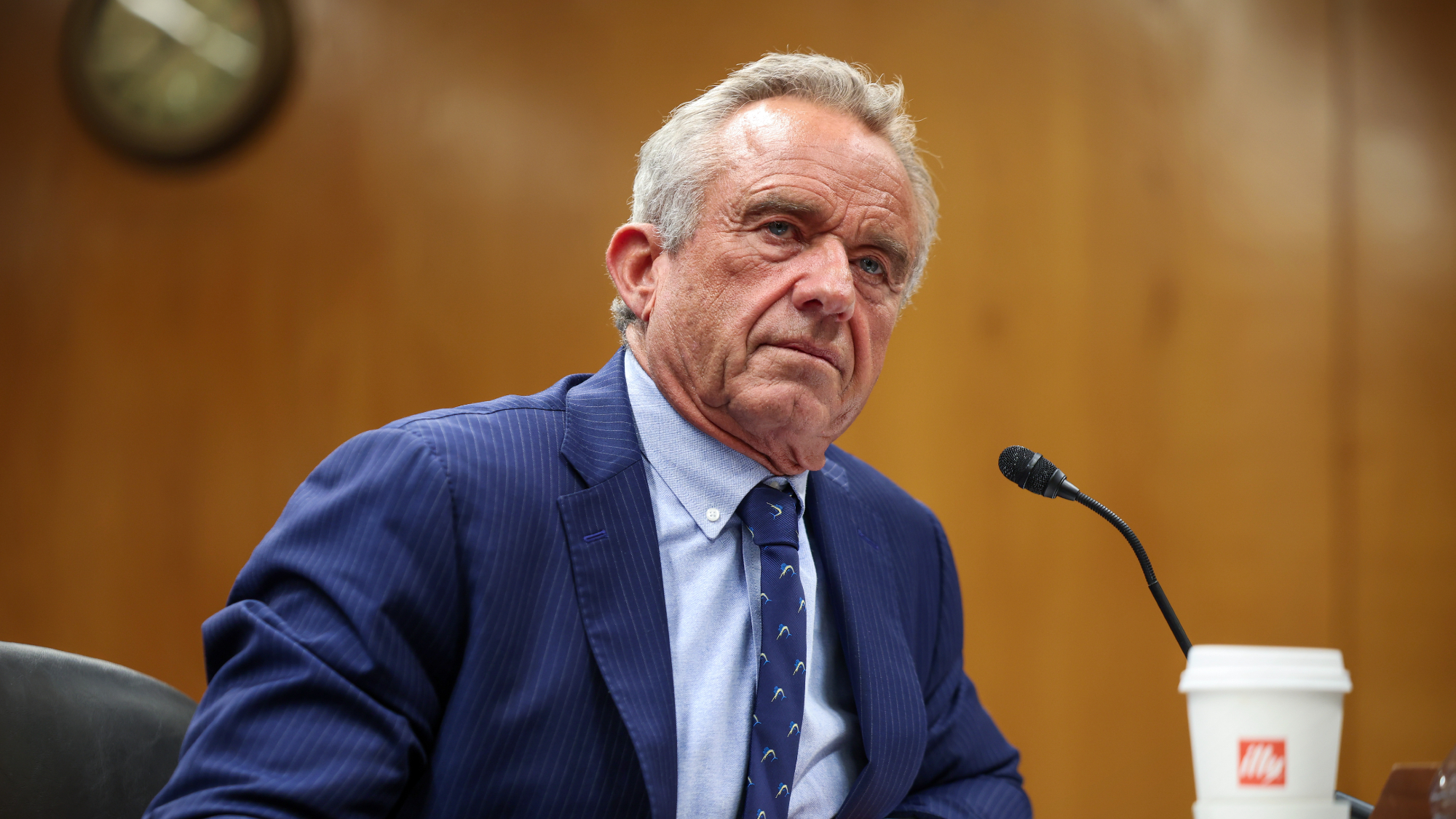 RFK Jr. scraps Covid shots for pregnant women, kids
RFK Jr. scraps Covid shots for pregnant women, kidsSpeed Read The Health Secretary announced a policy change without informing CDC officials
-
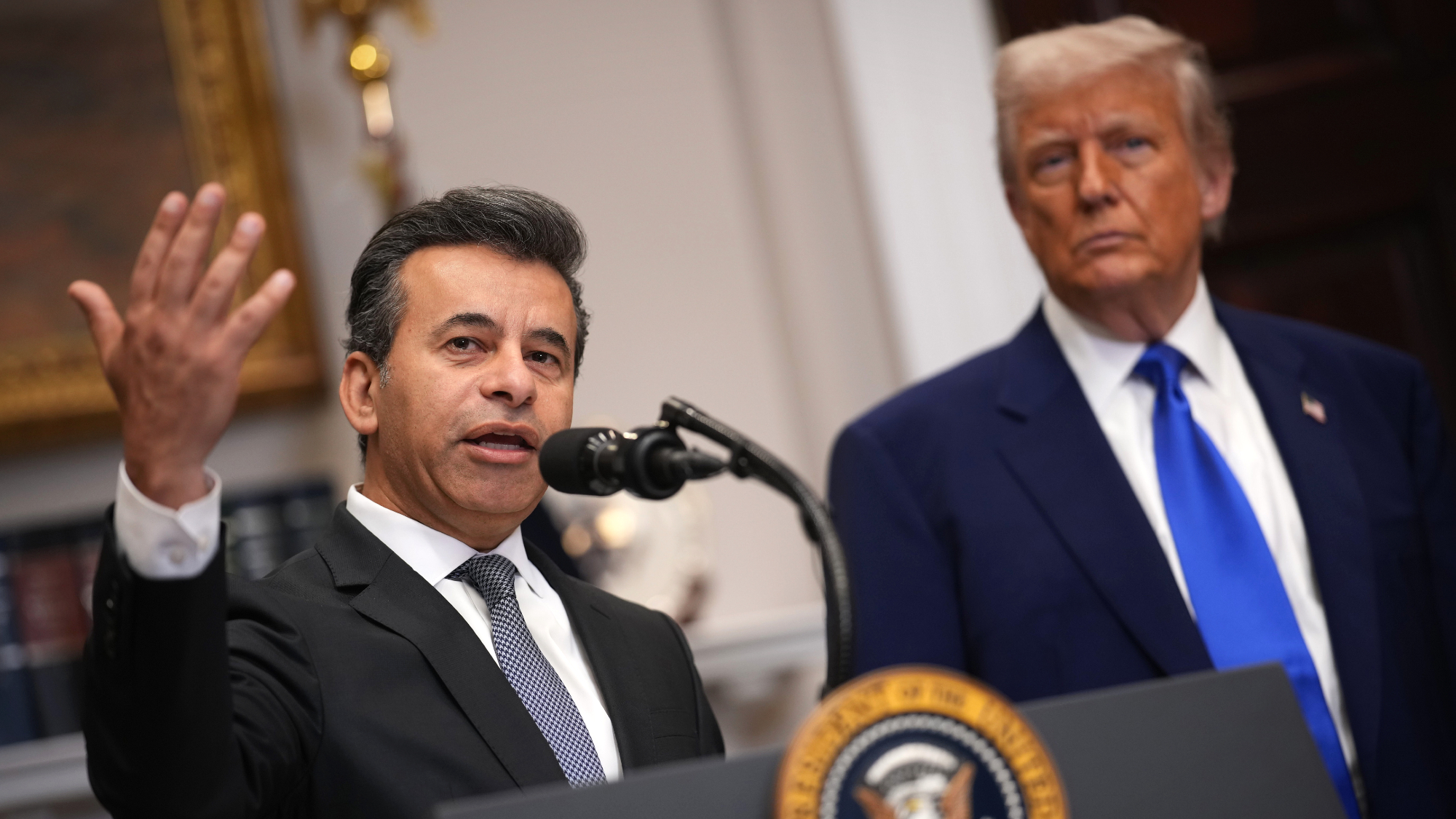 New FDA chiefs limit Covid-19 shots to elderly, sick
New FDA chiefs limit Covid-19 shots to elderly, sickspeed read The FDA set stricter approval standards for booster shots
-
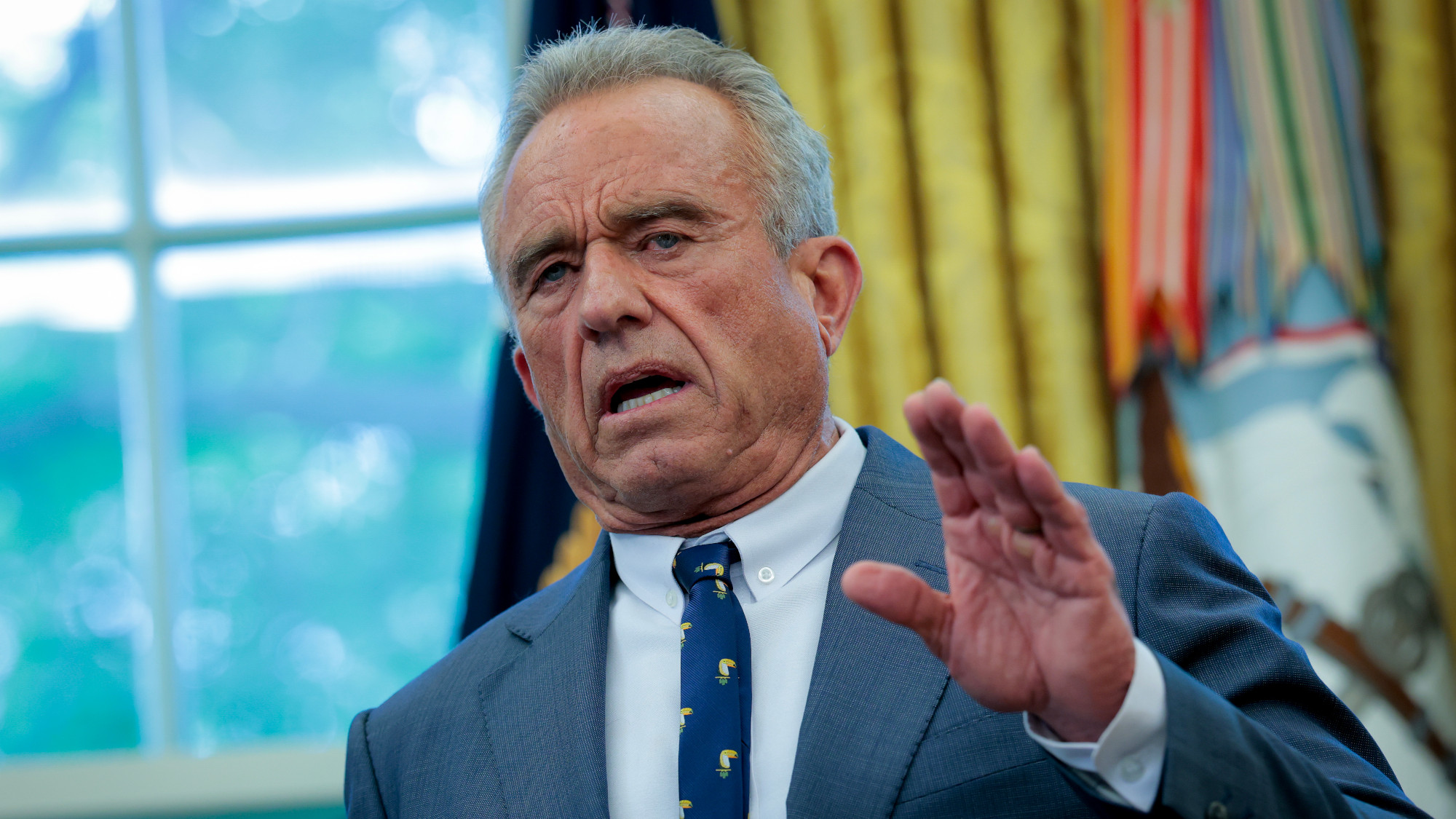 RFK Jr.: A new plan for sabotaging vaccines
RFK Jr.: A new plan for sabotaging vaccinesFeature The Health Secretary announced changes to vaccine testing and asks Americans to 'do your own research'
-
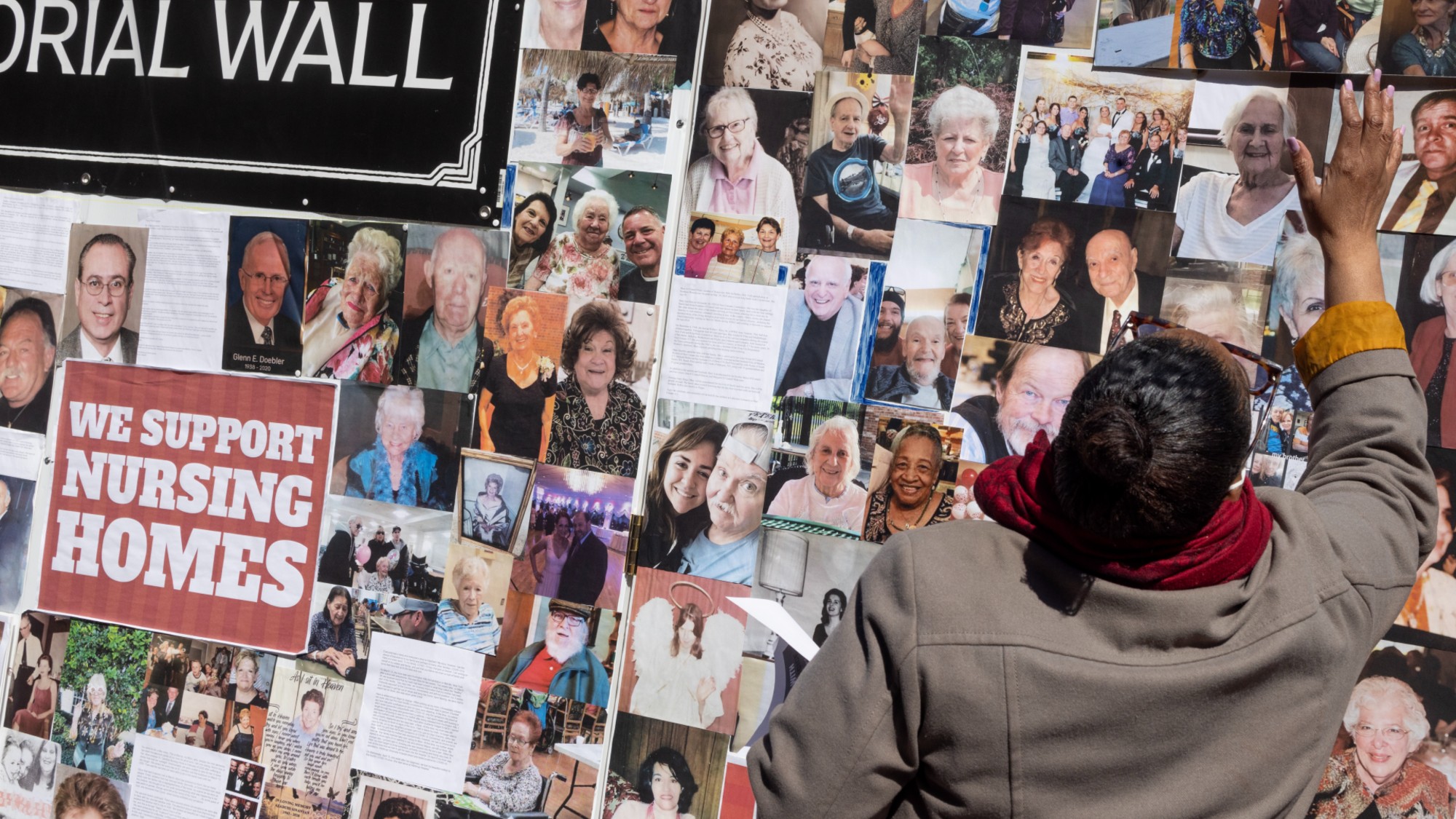 Five years on: How Covid changed everything
Five years on: How Covid changed everythingFeature We seem to have collectively forgotten Covid’s horrors, but they have completely reshaped politics
-
 HMPV is spreading in China but there's no need to worry
HMPV is spreading in China but there's no need to worryThe Explainer Respiratory illness is common in winter